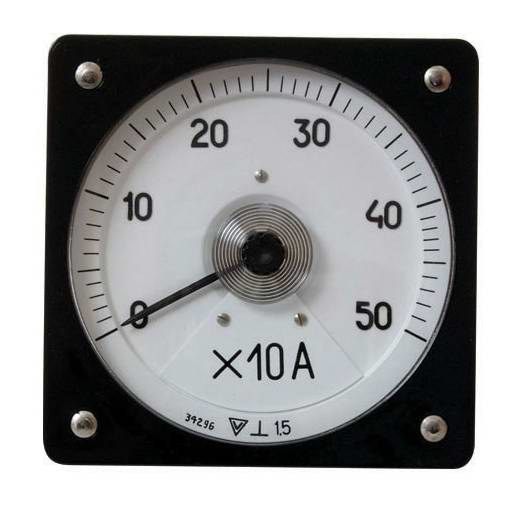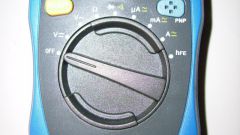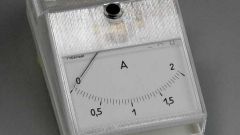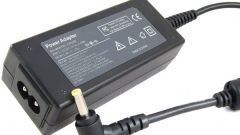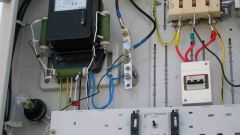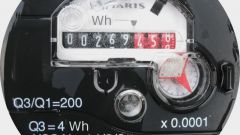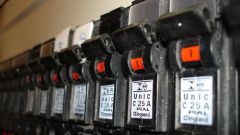You will need
- tester;
- - documentation for consumers;
- - a current source.
Instruction
1
To find ampsthat measure current, use a regular tester, adjusted to measure this value. Plug it into the circuit in series with the consumers. The display will show the current value of. If the tester is configured for multiple or decimal fraction of the value, use the rules for their translation. For example, if the device in the chain shows current 120mA, then divide this number by 1000 and get a value of 0.12 A. If the amperage is equal to 2.3 kA, now multiply the value by 1000 and get the 2300 A.
2
If you measure the current you have no chance, find its voltage, which is necessary for the work of the consumer and its electrical resistance (Ohm's Law for subcircuit). To do this, the voltage at this part of the chain U divide by the resistance R (I=U/R). For example, if a household network is connected to the iron with a resistance of 160 Ohms, the current in it is equal to the ratio of stress (in the home network it is equal To 220) to the resistance I=220/160=1,375 A.
3
To determine the strength of the current in the circuit is not measuring the voltage at the consumer, find the EMF (electromotive force) source current and its internal resistance. Determine the resistance of the circuit. Find the amperage by dividing the EMF in the amount of the internal resistance of the source r and external resistance R (I=EMF/(R+R)). For example, if the lamp is connected to a battery with EMF 12 V and has a resistance of 20 Ohms, and the internal resistance of the battery is equal to 4 Ohms, the current in the lamp is equal to I=12/(20+4)=0,5 A.
4
On some devices, such as lamps, indicated their power at rated voltage. Determine the nominal current, which flows through this device, the ratio of power P to the rated voltage U (I=P/U). For example, if the specified lamp, 100 W, 220 V, the current flowing through it is equal to I=100/220?0.45 A.
